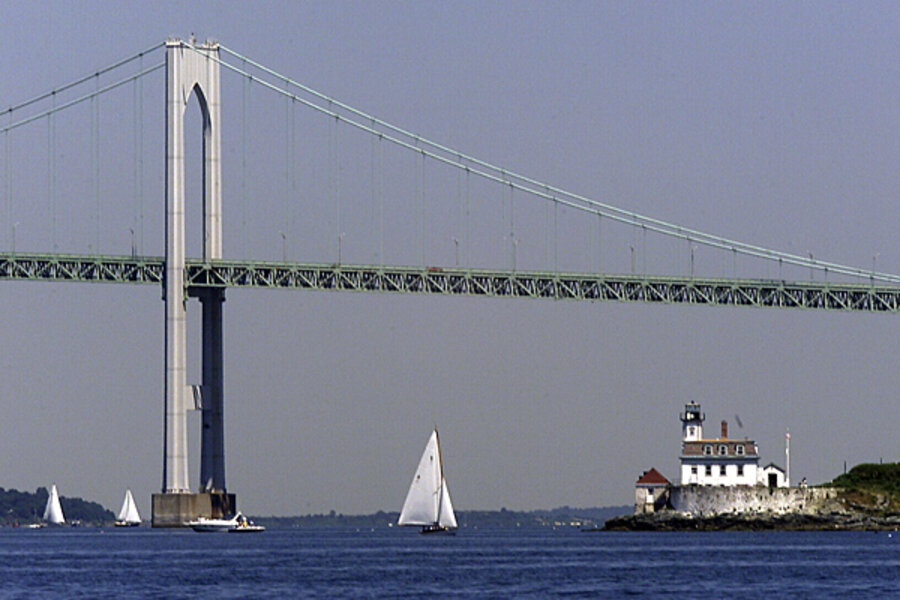Tsunami hit East Coast in June? Scientists say maybe.
Loading...
| Providence, Rhode Island
Scientists suggest a rare tsunami may have hit the U.S. East Coast earlier this month.
Tsunami-like conditions were observed June 13 at more than 30 tide gauges along the East Coast, Bermuda and Puerto Rico, the National Oceanic and Atmospheric Administration said Tuesday. The highest peak amplitude was recorded in Newport, Rhode Island, where it reached just under 12 inches (304 millimeters) above sea level.
"We're trying to piece this back together," said Mike Angove, head of NOAA's tsunami program.
Angove stopped short of saying it was a tsunami, but acknowledged it had specific characteristics of one. NOAA's West Coast/Alaska Tsunami Warning Center posted a statement calling it a tsunami.
A strong storm moved through the region and offshore that day, and scientists were trying to determine if it played a role.
Brian Coen was spearfishing in New Jersey on June 13 when he saw a strong outrush of water as the tide went out, according to a description provided by NOAA. He said it carried divers over submerged rocks that serve as a breakwater. Then he saw an approximately 6-foot (1.8-meter) wave come in. It carried the divers back over the breakwater and swept three people off rocks that are usually up to 6 feet above sea level. Two needed medical attention.
Angove said one possibility is a rare meteotsunami, a tsunami caused by weather. Or it could have been caused by a landslide off the continental shelf, which is less rare but still uncommon, he said.
He hopes to send a boat with sonar out to the shelf to look for a landslide and help determine what happened.







